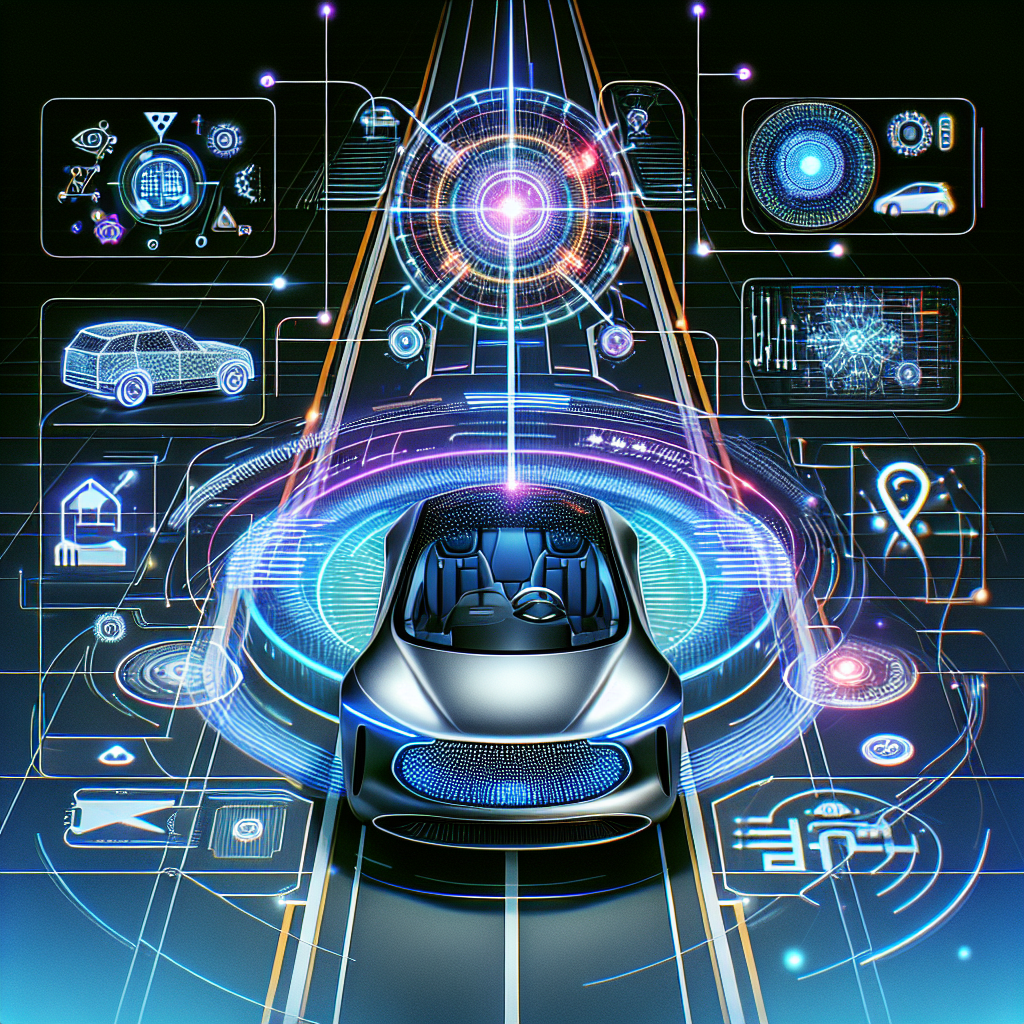The Future of AI Tools in Autonomous Vehicles
Autonomous vehicles, once a futuristic concept, are now a reality. With advancements in artificial intelligence (AI) technology, self-driving cars are becoming more reliable and efficient. AI tools play a crucial role in the development and operation of autonomous vehicles, enabling them to navigate through traffic, make decisions, and adapt to changing environments.
AI tools in autonomous vehicles utilize a combination of sensors, cameras, radar, lidar, and GPS to gather data about the vehicle’s surroundings. This data is then processed by AI algorithms to make real-time decisions on steering, braking, and acceleration. The future of AI tools in autonomous vehicles holds great promise for improving road safety, reducing traffic congestion, and increasing mobility for individuals with disabilities.
Advancements in AI technology are continuously enhancing the capabilities of autonomous vehicles. Machine learning algorithms enable self-driving cars to learn from experience and improve their driving behavior over time. Deep learning algorithms, a subset of machine learning, are particularly effective in processing large amounts of data and recognizing patterns, enabling autonomous vehicles to navigate complex environments with ease.
One of the key challenges in developing AI tools for autonomous vehicles is ensuring their reliability and safety. AI algorithms must be rigorously tested and validated to ensure they can make accurate decisions in a wide range of driving conditions. Simulation testing, where virtual scenarios are created to mimic real-world driving conditions, is an essential tool in evaluating the performance of AI algorithms in autonomous vehicles.
Another important aspect of AI tools in autonomous vehicles is their ability to communicate with other vehicles and infrastructure. Vehicle-to-vehicle (V2V) and vehicle-to-infrastructure (V2I) communication systems enable autonomous vehicles to share information with each other, such as speed, position, and intentions. This helps improve traffic flow, reduce accidents, and enhance the overall efficiency of transportation systems.
The future of AI tools in autonomous vehicles also includes the development of advanced driver assistance systems (ADAS). These systems use AI algorithms to assist human drivers in controlling the vehicle, such as lane-keeping assistance, adaptive cruise control, and automatic emergency braking. ADAS technologies are an important stepping stone towards fully autonomous vehicles, providing a safer and more comfortable driving experience for users.
FAQs
Q: How do AI tools in autonomous vehicles work?
A: AI tools in autonomous vehicles utilize sensors and cameras to gather data about the vehicle’s surroundings. This data is processed by AI algorithms to make real-time decisions on steering, braking, and acceleration.
Q: What are some of the challenges in developing AI tools for autonomous vehicles?
A: One of the key challenges is ensuring the reliability and safety of AI algorithms in autonomous vehicles. Rigorous testing and validation are essential to ensure accurate decision-making in a wide range of driving conditions.
Q: How do AI tools in autonomous vehicles communicate with other vehicles and infrastructure?
A: AI tools in autonomous vehicles use vehicle-to-vehicle (V2V) and vehicle-to-infrastructure (V2I) communication systems to share information with other vehicles and infrastructure, such as speed, position, and intentions.
Q: What are some of the benefits of AI tools in autonomous vehicles?
A: AI tools in autonomous vehicles have the potential to improve road safety, reduce traffic congestion, and increase mobility for individuals with disabilities. Advanced driver assistance systems (ADAS) also provide a safer and more comfortable driving experience for users.
In conclusion, the future of AI tools in autonomous vehicles is bright, with continuous advancements in technology improving the capabilities and reliability of self-driving cars. As AI algorithms become more sophisticated and communication systems become more integrated, autonomous vehicles will become safer, more efficient, and more accessible to a wider range of users. The development of AI tools in autonomous vehicles is a key driver in revolutionizing the transportation industry and shaping the future of mobility.

